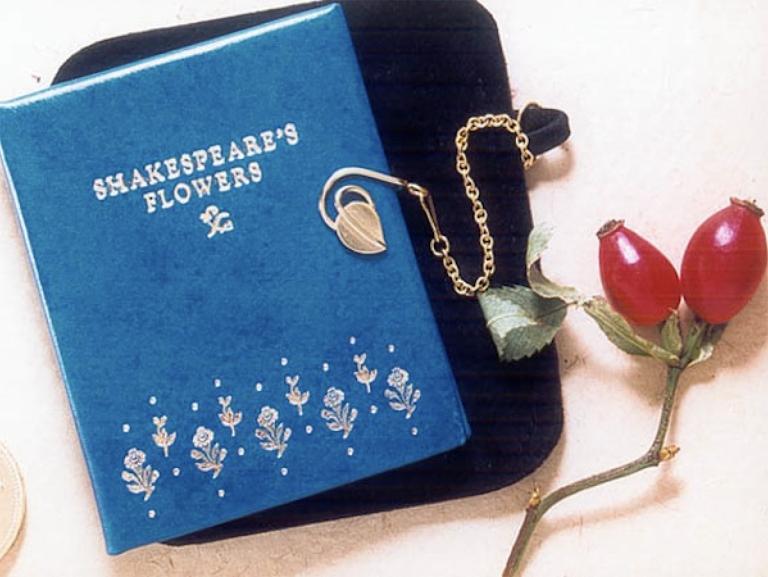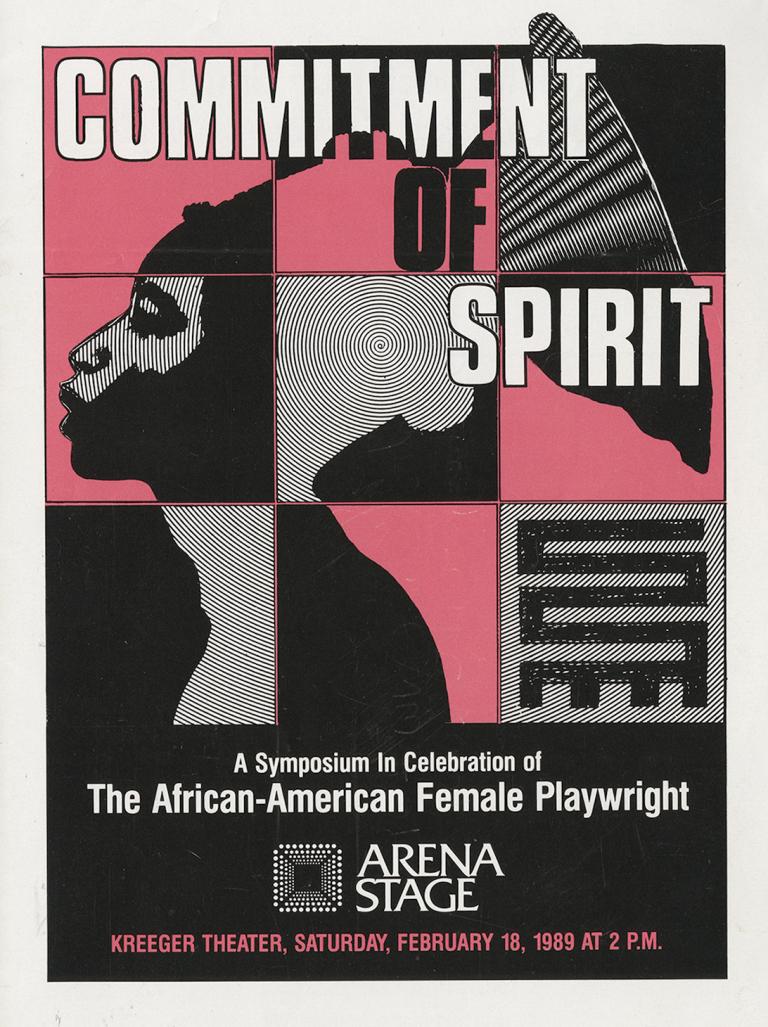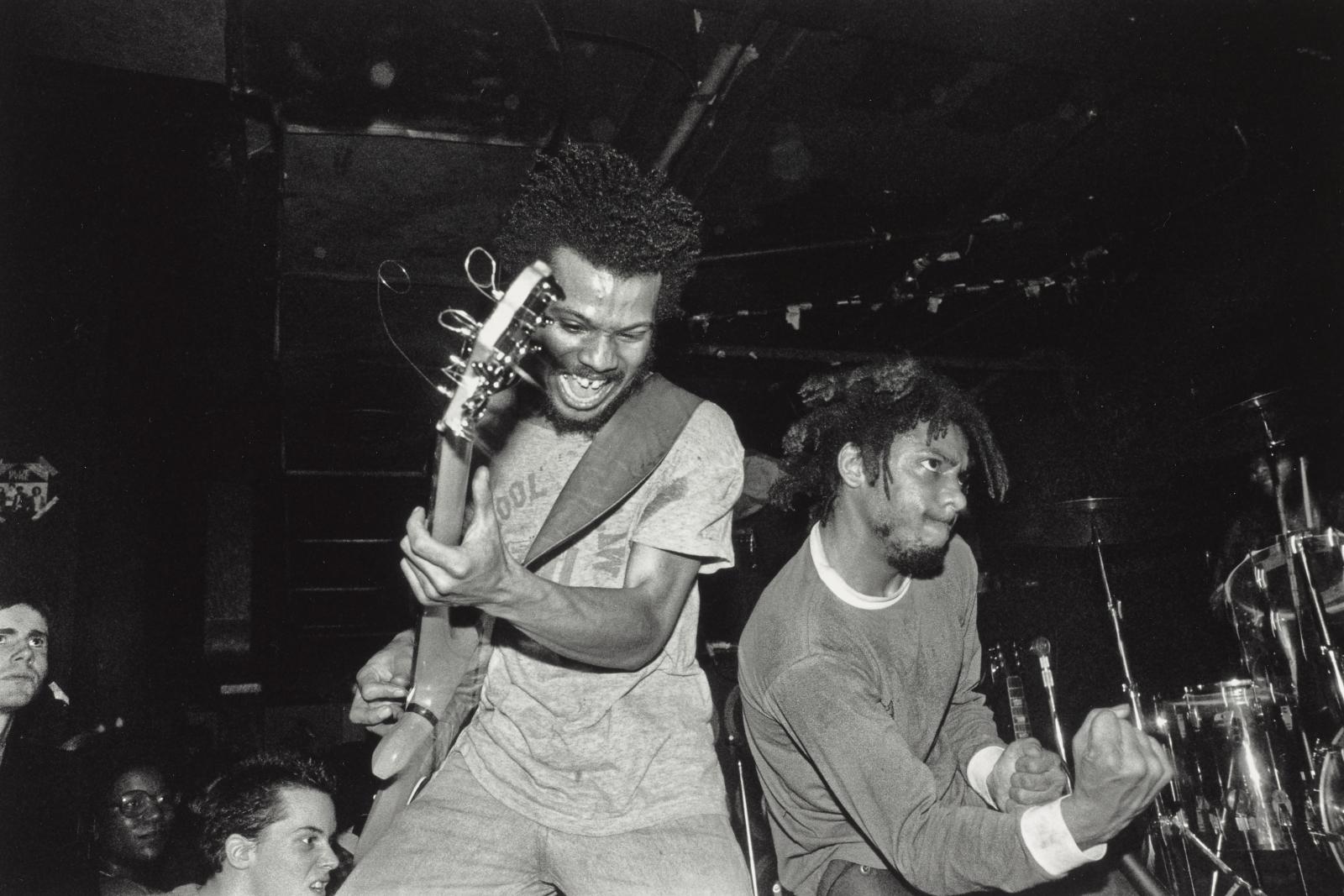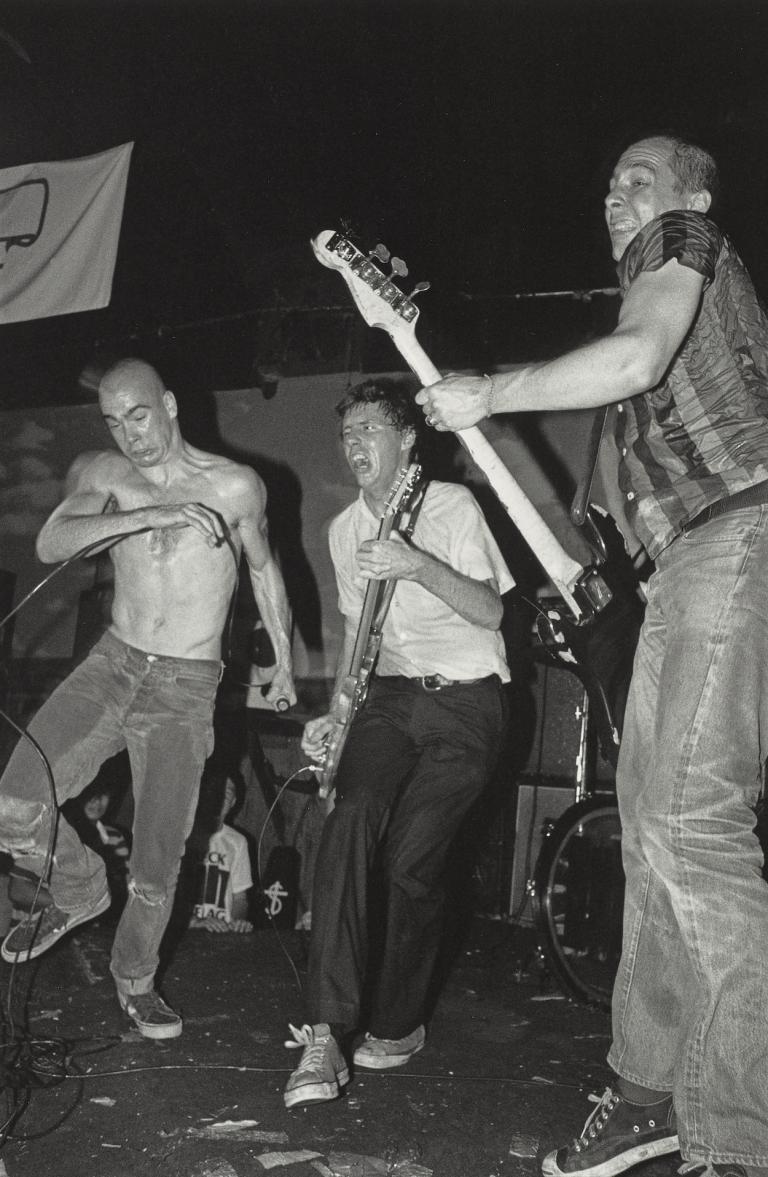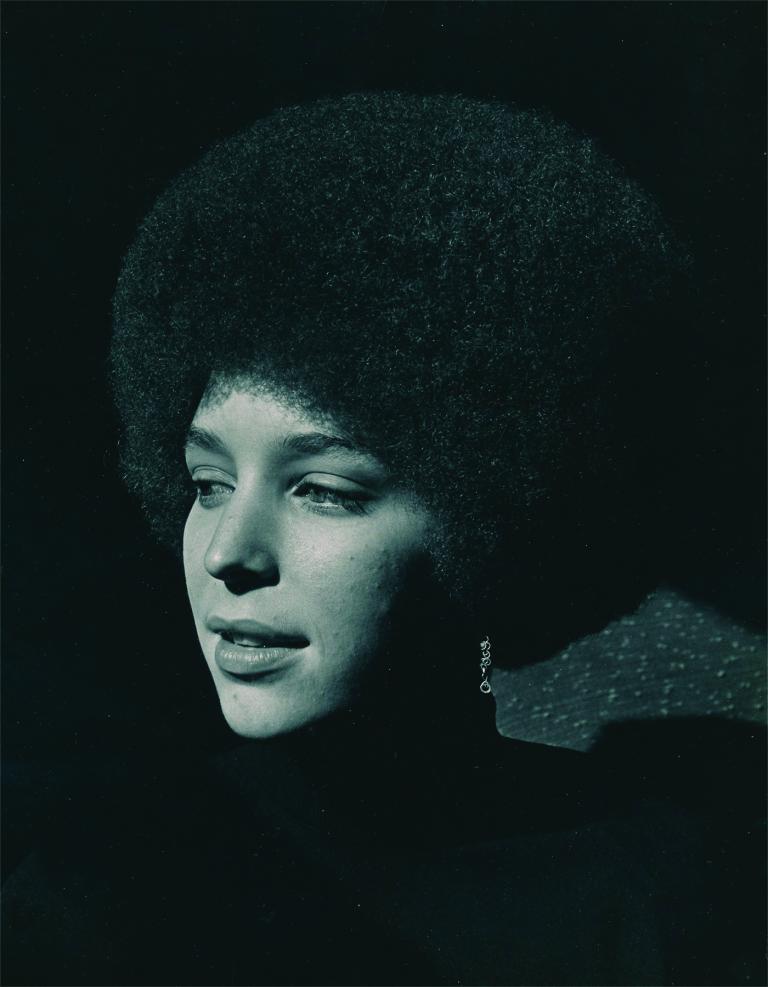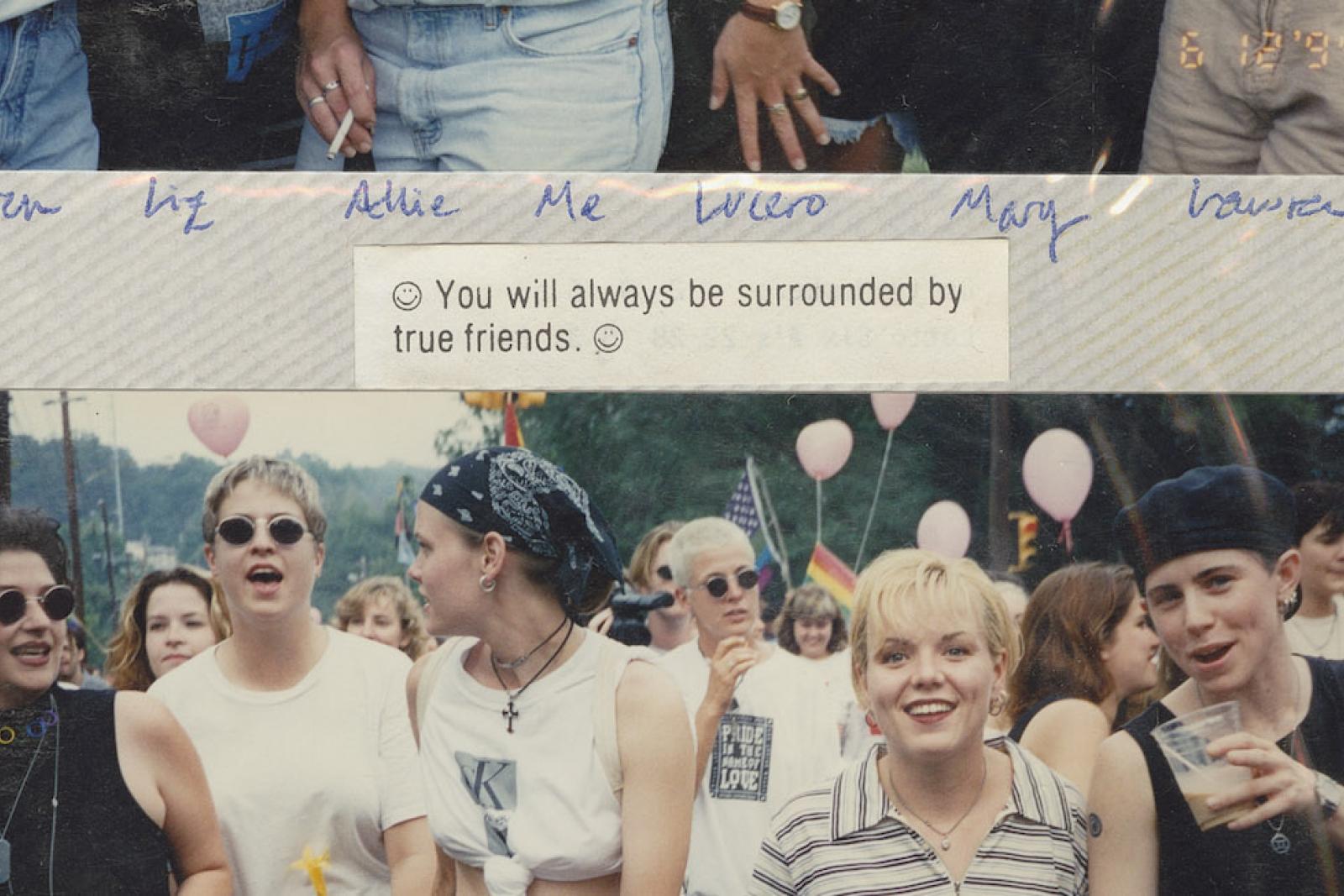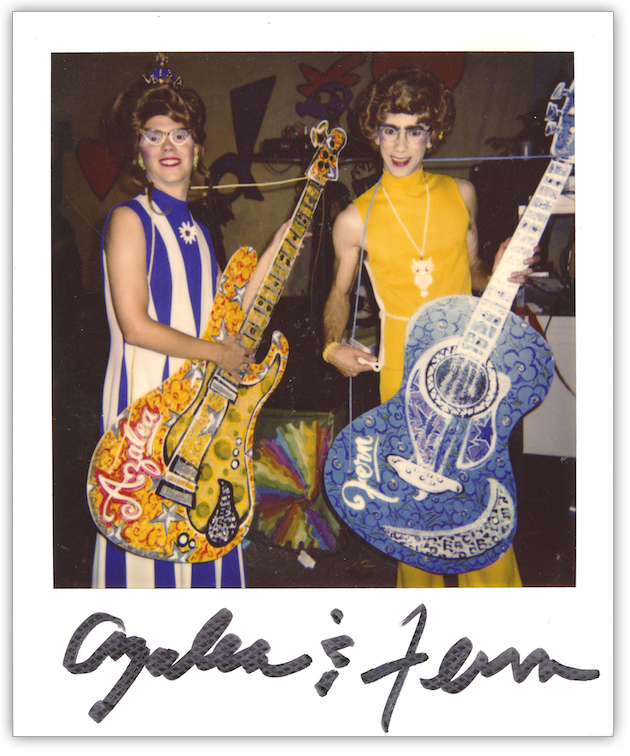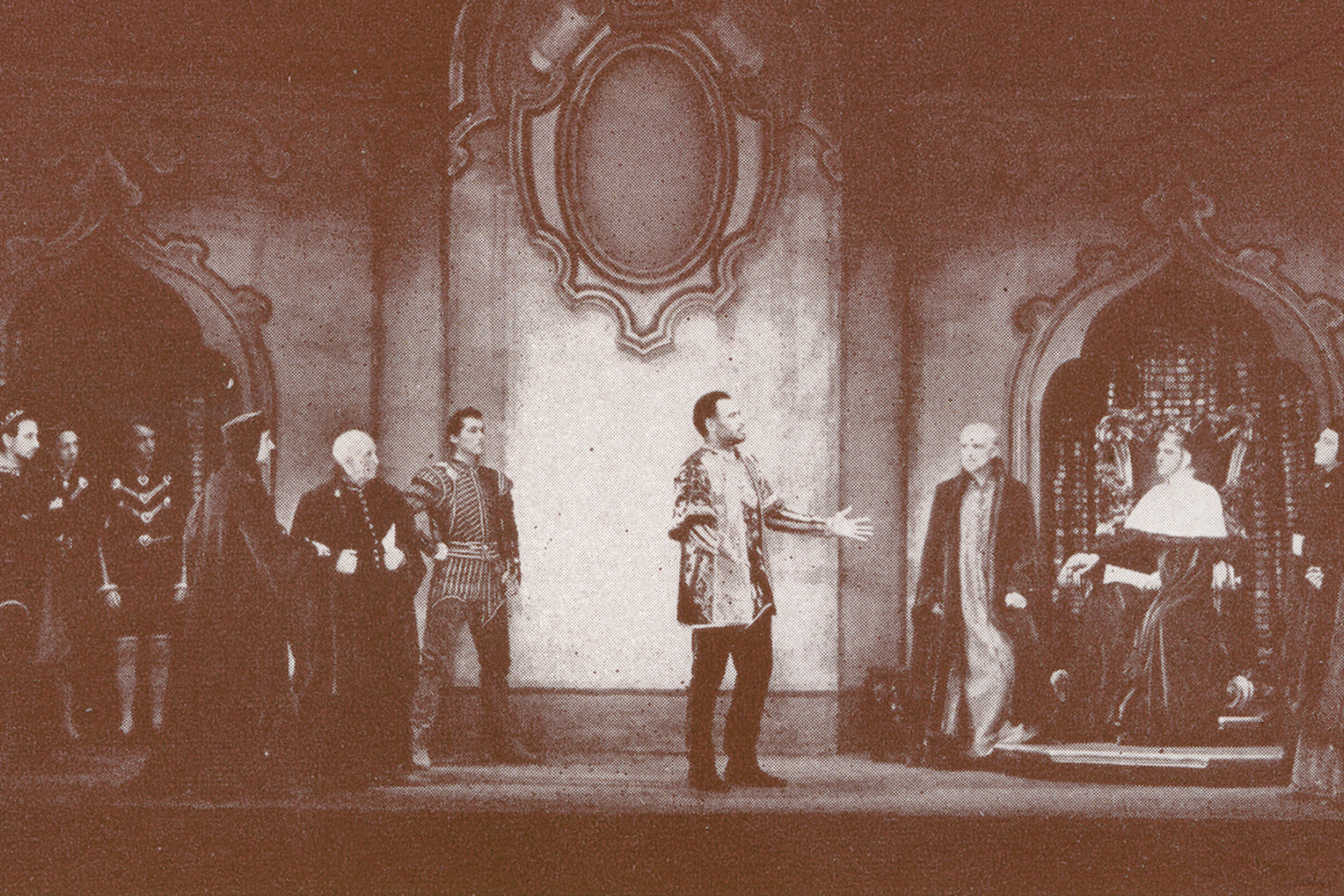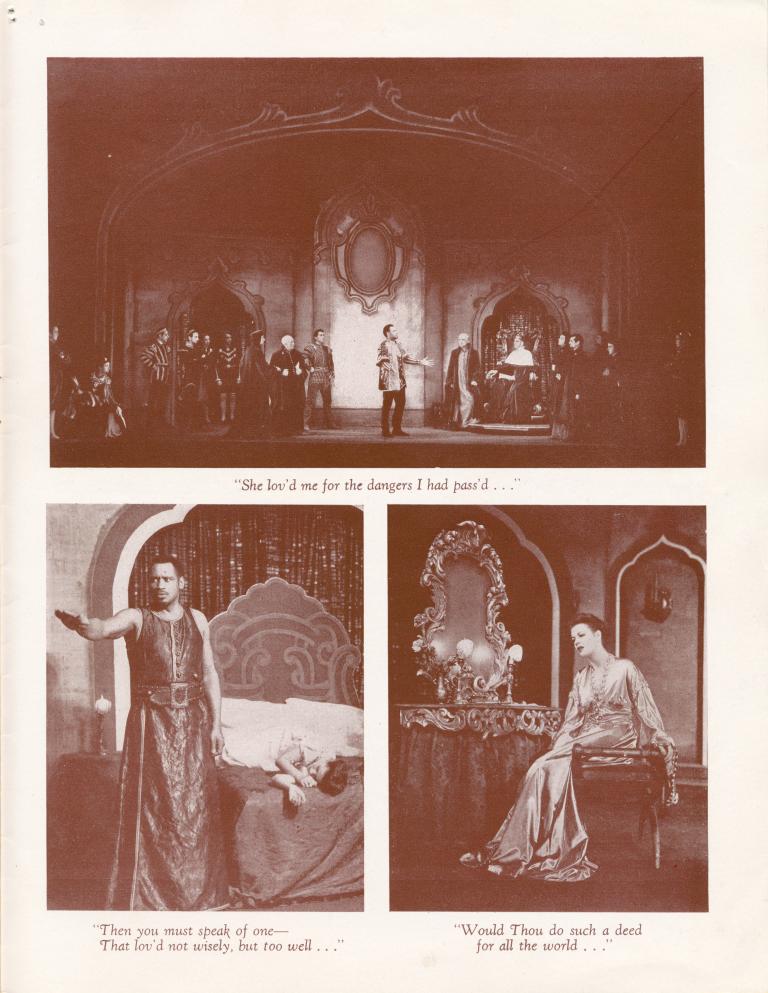Still Raising Hell
As artists, activists, and collectors, Billops and Hatch have been raising hell for more than 50 years - elevating public consciousness around "isms" that have shaped American culture, politics, and identities.
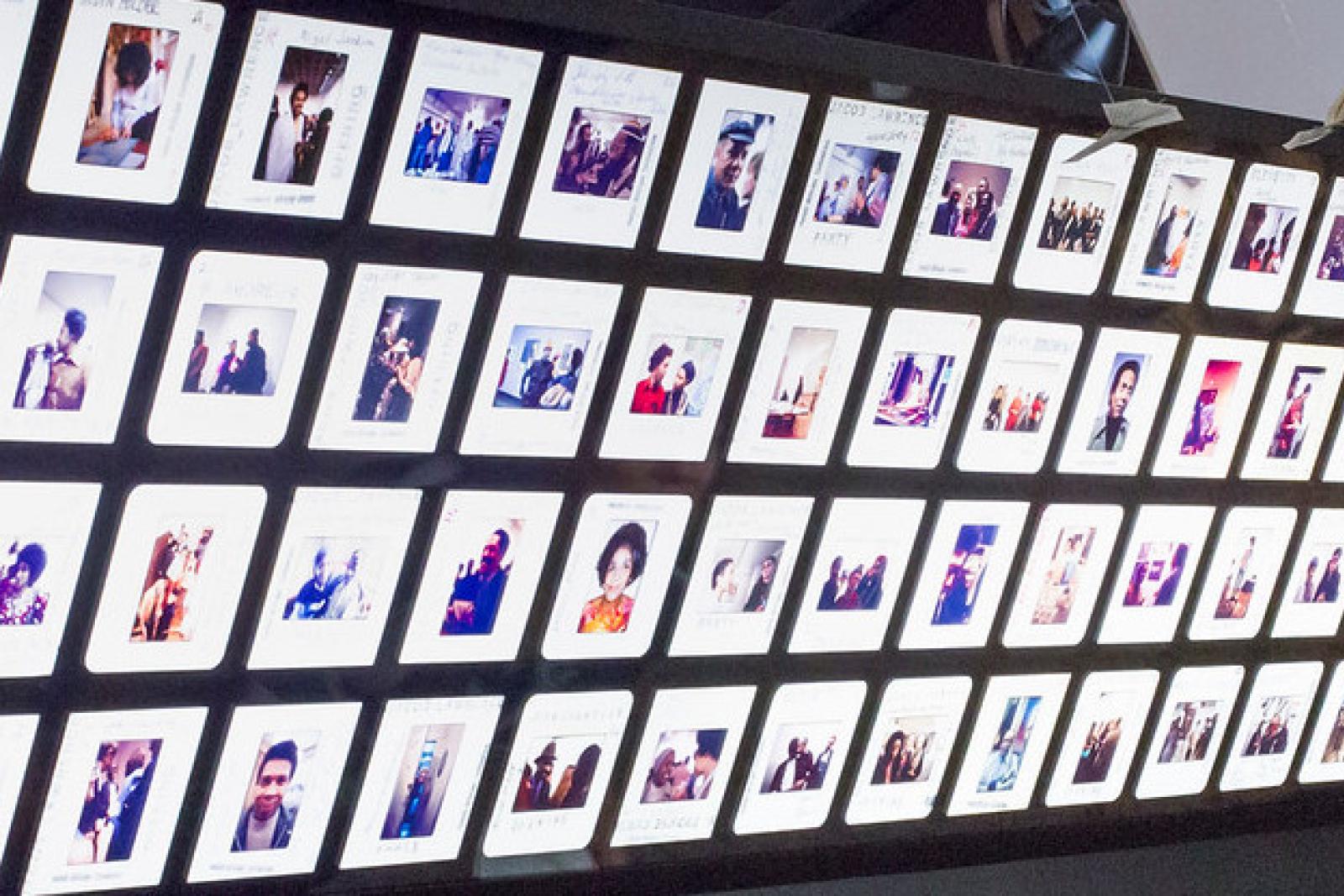
"This exhibition reflects on this dynamic couple's commitment to speak truth to power and explores the meaning and purpose of African American art."
As artists, activists, and collectors, Billops and Hatch have been raising hell for more than 50 years - elevating public consciousness around "isms" that have shaped American culture, politics, and identities. Since 2002 the Stuart A. Rose Manuscript, Archives and Rare Book Library has been home to the comprehensive collection - playscripts, photographs, works of art, and more - of these two leading stewards of African American history.
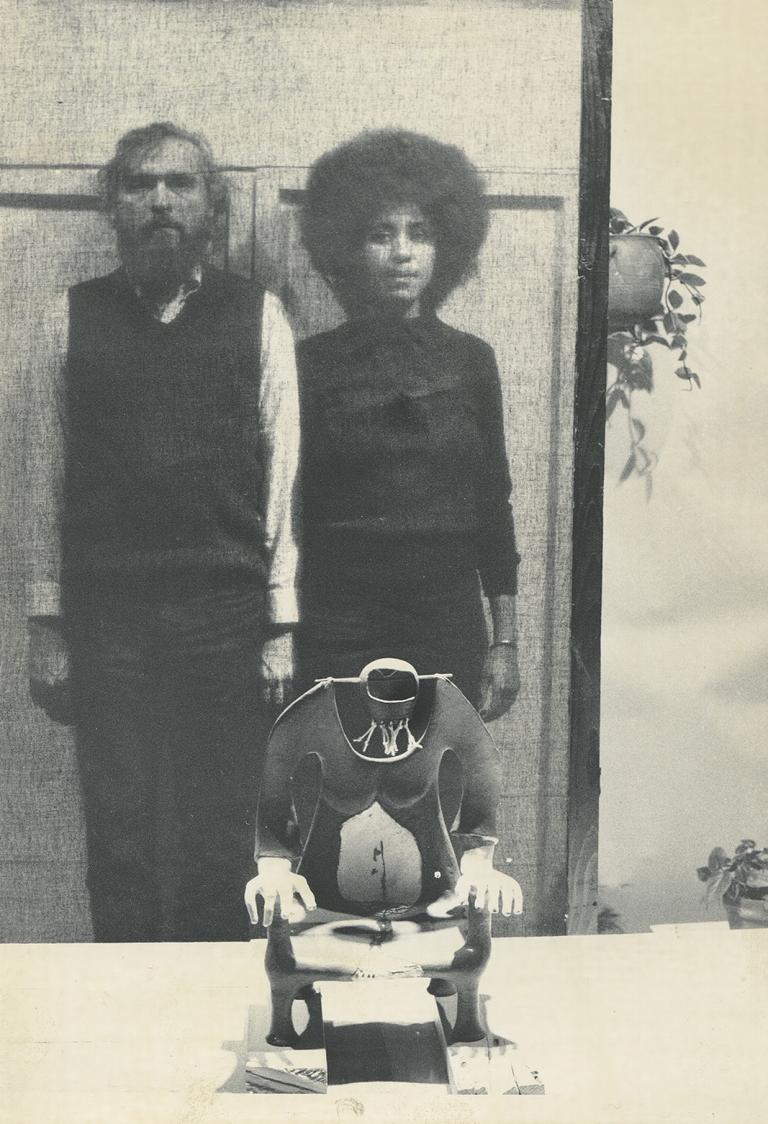
Weekdays: Free after 5pm | Weekends: Free
Join us and help bring to life a treasure trove of materials that illuminates the African American experience from the late 19th century to the present.
Ensure the Billops-Hatch collection continues to influence, inspire, and empower. Become a sponsor today at emorylib.info/support-billops-hatch or contact Alex Wan at alex.wan@emory.edu or 404.727.5386


